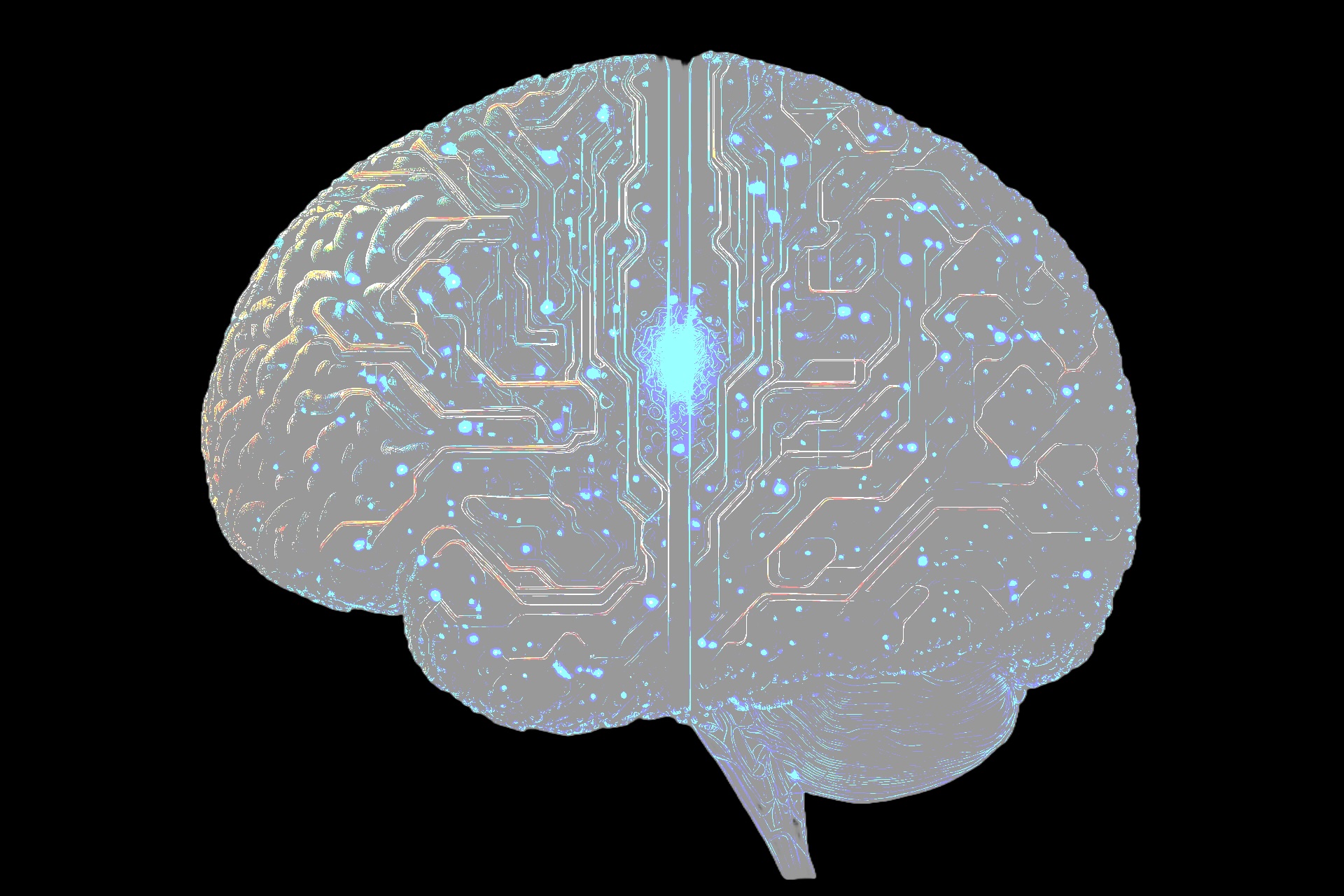Human intelligence is a marvel of evolution—adaptive, creative, and deeply tied to our mortality. With each generation, humans collectively build upon the knowledge of their predecessors, but individual intelligence resets with the passage of life. Meanwhile, artificial intelligence (AI) stands at the precipice of a paradigm shift, where its capacity to learn and improve may not only rival but potentially outpace human capabilities over time. The interplay between these two forms of intelligence raises profound questions about the future of learning, creativity, and innovation.
Human intelligence is a marvel of evolution—adaptive, creative, and deeply tied to our mortality. With each generation, humans collectively build upon the knowledge of their predecessors, but individual intelligence resets with the passage of life. Meanwhile, artificial intelligence (AI) stands at the precipice of a paradigm shift, where its capacity to learn and improve may not only rival but potentially outpace human capabilities over time. The interplay between these two forms of intelligence raises profound questions about the future of learning, creativity, and innovation.
The Human Cycle: Intelligence in a Mortal Frame Human intelligence is inherently finite. Each person begins life with a blank slate, accumulating knowledge and skills through years of experience, education, and interaction. This cycle of learning resets with every new generation, necessitating the transfer of knowledge through schools, books, and now digital media. While humanity’s collective knowledge grows, individuals are bound by time, limited by the constraints of memory, and shaped by personal experiences.
This mortality gives human intelligence a unique edge: creativity born of impermanence. Art, music, literature, and innovation often stem from an acute awareness of life’s brevity. It drives people to seek meaning, solve problems, and leave a legacy. But it also limits the scope of individual contributions, as the torch must continually pass to the next generation.
AI: The Infinite Learner Unlike humans, AI does not suffer from the limitations of mortality. Once an AI system is trained, it can retain and build upon its knowledge indefinitely. Moreover, AI systems can share insights with others instantaneously, allowing for a collective intelligence that scales exponentially. For example, advancements in natural language processing, like OpenAI’s GPT models, build upon each iteration, leveraging vast datasets to refine their capabilities without ever “forgetting” or starting over.
This ability to persist and evolve poses an existential question: What happens when intelligence is no longer bound by the constraints of life and death? AI’s potential to accumulate and apply knowledge far outpaces the generational transfer of human learning. Over time, this could lead to breakthroughs that humans might never achieve alone—from curing diseases to solving climate change.
The Synergy of Human and Machine The narrative of competition between AI and human intelligence often overshadows a more optimistic perspective: synergy. AI can serve as an extension of human intellect, a tool to amplify creativity, efficiency, and problem-solving. By offloading repetitive tasks and processing vast amounts of data, AI frees humans to focus on what they do best: imagining, empathizing, and innovating.
For example, in scientific research, AI can analyze millions of data points to uncover patterns, while human scientists interpret these findings and hypothesize solutions. In the arts, AI can generate music or visual concepts, but the emotional resonance and cultural context come from human creators. This collaboration allows us to transcend individual limitations and unlock new possibilities.
Challenges and Ethical Considerations The prospect of AI’s perpetual learning raises ethical questions. How do we ensure that AI aligns with human values? Who controls its development and use? As AI systems grow more intelligent, their decisions and priorities could diverge from ours, especially if left unchecked.
Moreover, the disparity between human and AI learning capabilities could exacerbate societal inequalities. Those with access to advanced AI tools may have an unparalleled advantage, while others risk being left behind. Addressing these challenges requires thoughtful governance, transparency, and inclusivity in AI development.
Conclusion: Embracing the Eternal Learner The contrast between human and AI intelligence is not merely a competition of capabilities but a reflection of their complementary strengths. While human intelligence resets with each generation, its creativity and emotional depth remain unparalleled. AI, on the other hand, offers the promise of perpetual learning and boundless potential.
By embracing this partnership, we can navigate a future where the mortal and the immortal collaborate to solve humanity’s greatest challenges. Together, we can harness the power of the eternal learner to create a legacy that transcends the limits of time and mortality..
